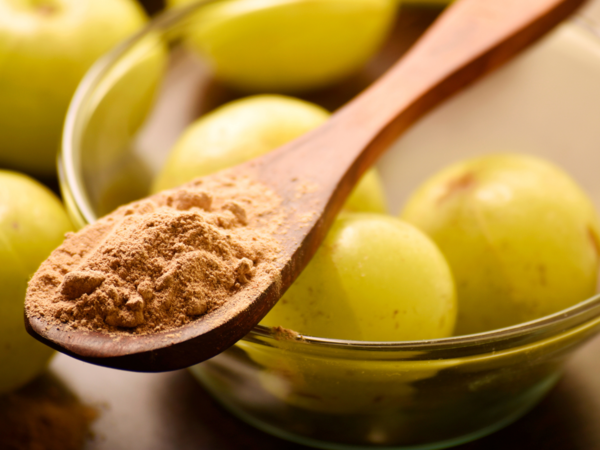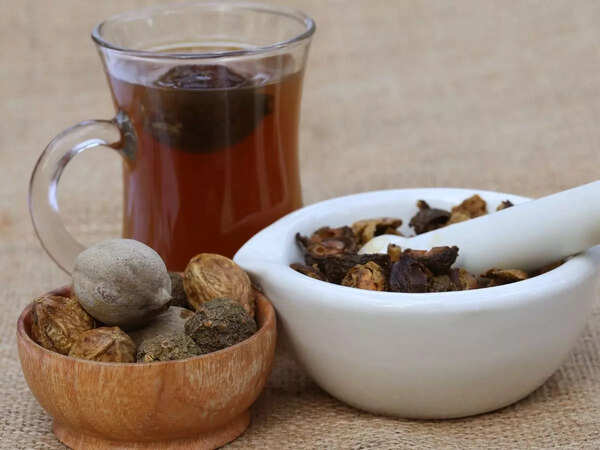Feeling sluggish? Skin looking dull? Immunity on the fritz? Here enters amla, the Indian gooseberry, the carrom-sized ball of wellness! We all know it’s packed with goodness, a vitamin C champion and antioxidant superhero. But here’s the real question: are you getting the most out of it? Is raw amla the best way to have it, or does powdered or dried hold the key to unlocking its full potential? So, which one offers the most benefits? And does any of them have a downside? Here is the comparison of them and which one is the healthiest option for you!
Raw Amla
Raw amla is the purest way to enjoy this superfood. Since it’s consumed fresh, it retains all its natural vitamins, minerals, and antioxidants.

Health benefits of raw Amla:
Highest vitamin C concentration: Fresh amla has a higher vitamin C content than oranges, which helps to strengthen the skin and immune system.
Digestion help: Its natural fibre promotes digestive health and keeps constipation at bay.
Increases hair growth: The high level of antioxidants promotes healthy hair development and lowers hair loss.
Beneficial to heart health: Promotes cardiovascular health and helps control cholesterol levels.
Disadvantage: Raw amla has a strong sour taste, which some people find difficult to eat directly. It also spoils quickly if not stored properly.

Amla powder
Amla powder is made by drying and grinding fresh amla. It’s a popular option as it has a long shelf life and can be easily mixed with water, honey, or smoothies.
Health benefits of Amla powder:
Retains most nutrients – Drying reduces some vitamin C, but it still has a good amount of antioxidants and minerals.
Supports metabolism – It’s often used in Ayurveda for weight loss and boosting metabolism.
Great for skin and hair – Can be used both internally and externally for clear skin and strong hair.
Alkalises the body – Helps balance the body’s pH levels and detoxifies the liver.
Disadvantage: The drying process reduces some of the vitamin C content, making it slightly less potent than fresh amla.

Dried amla
Dried amla is made by dehydrating fresh amla pieces. Some versions are sweetened to improve taste, while others are simply sun-dried.
Health benefits of dried amla:
Good for digestion – The fiber content remains intact, aiding in better gut health.
Boosts iron absorption – Helps prevent anemia and improve red blood cell production.
Great for snacking – A convenient and tasty way to include amla in your diet.
Disadvantage: If dried amla is sweetened, it may contain added sugar, which reduces its health benefits. The drying process also lowers vitamin C levels significantly compared to raw amla.

<p style=”box-sizing: border-box; border: 0px; outline: 0px; padding: 0px; margin: 0px; font-size: inherit; list-style: none; -webkit-user-drag: none; overflow: visible; font-family: inherit; color: inherit; display: block;”>Your body deals with toxins daily, and your liver and kidneys work hard to flush them out. <br></p>
Which one is healthier?
Raw amla is the best option for getting the most vitamin C and antioxidants. Amla powder is a long-lasting and convenient solution for long-term health benefits. Dried amla, when unsweetened, is an excellent digestive aid and snack. Sweetened versions should be avoided.
Overall, raw amla is the healthiest because it contains the most nutrients, but if taste or storage are concerns, amla powder is an excellent alternative.


